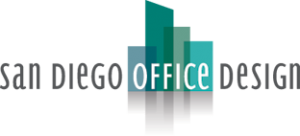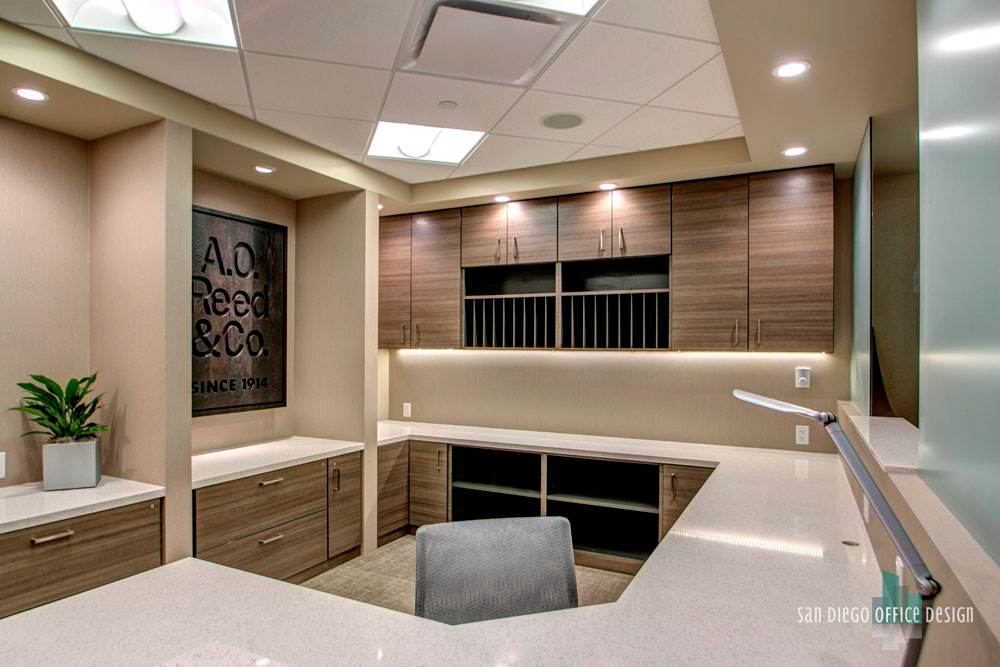Cabinets can define the look and feel of your kitchen all by themselves, and we’re here to help you make sure that you know what you’re doing going in! Whether you’re thinking more about the price and style or what the right material is for you, we here at San Diego Office Design have a wealth of experience to draw upon in making sure that you find the cabinets that are best for you.
Now, with that in mind, let’s take a look at some things to consider while you’re looking.
Materials
As with everything, there are pros and cons to the materials that you might choose to use in your project. Here are a few of the popular materials and our thoughts on each.
- Hardwood – provides the timeless appeal of solid-wood cabinets but is susceptible to scratching and damage. If you’re looking for more durable wood, the price tag may end up reflecting it.
- Plywood – less expensive than your traditional hardwood but more durable (easier to repair and more moisture resistant) than other alternatives like particleboard. It’s made by gluing together thin layers of wood veneer.
- Veneers – provides the appearance of hardwood but makes sacrifices in terms of durability. It’s made by gluing a thin layer of hardwood onto another material such as particleboard.
- Low-Density Fiberboard (Particleboard) – not known for being high-quality or heavy but gets the job done. Think of what’s offered at IKEA. It’s made using recycled wood such as wood chips or even sawdust to create a sheet.
- Medium-Density Fiberboard (MDF) – heavier and more durable than particleboard and lends itself well to painting. It’s made in a similar fashion to that of particleboard.
Construction
Similarly to how the material that you choose impacts the overall look of your cabinets, the manner in which they are constructed can greatly affect their appearance and function as well. Here are a couple of popular construction methods.
- Butt joints and wood screws – this is a fast and easy method, but the fasteners on the sides will be visible unless you cover them up.
- Butt joints and pocket hole screws – this also a fast and easy method, and the fasteners won’t be visible.
- Dowel Joints – these allow for no screws to be used in the construction and only require wood glue.
- Dados – these require more woodworking experience but bring about a very sleek look.
Styles
As with anything, different styles are often used with different goals in mind. One thing to remember though is that you’d like to keep a consistent style throughout your house, so let us help you to make sure that we’re choosing the right fit for you.
- Traditional –blend of classy and homey and can lend itself well to a formal look.
- Shaker – aesthetically flexible, minimalistic design.
- Beadboard – rustic appeal that is very popular in country homes.
- Slab – modern, sleek, and stylish with no raised portions.
- Craftsman – consists of straight lines and a minimalistic style.
- Custom – what you make of it!
When you’re looking to add experience to your dream makeover, bring in the #DesignBoss, Tamara Romeo, for awe-inspiring results.

